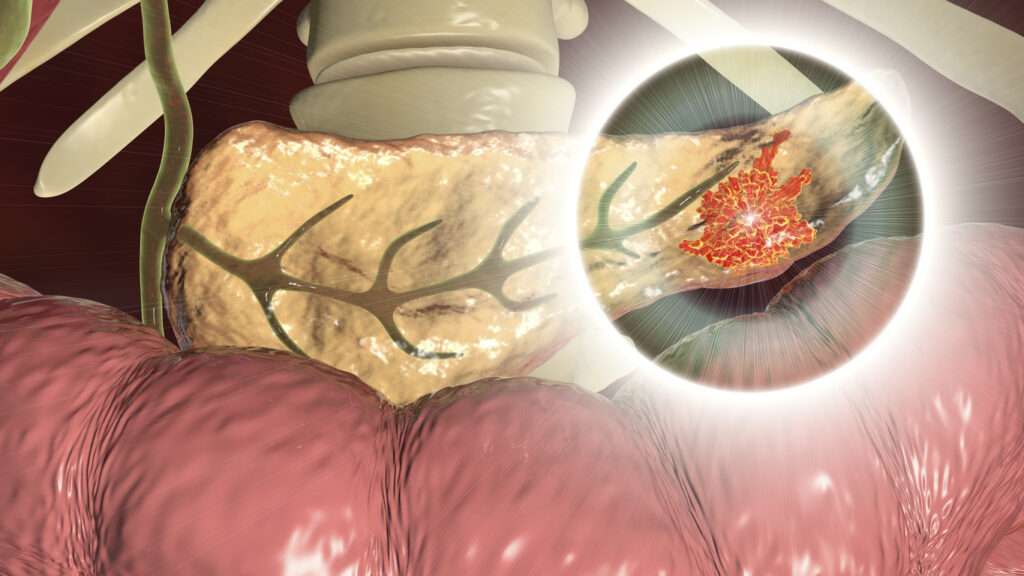Rep. Sheila Jackson Lee took to social media Sunday to reveal that she has been battling pancreatic cancer. In a statement posted to X, the 74-year-old congresswoman disclosed her diagnosis and treatment.
In wake of Jackson Lee’s revelation, many may be wondering what pancreatic cancer is and how it affects the body. Here is what we’ve discovered through research:
Pancreatic cancer is a type of cancer that begins in the tissues of the pancreas, an organ located behind the lower part of the stomach. The pancreas plays a crucial role in digestion by producing enzymes that help break down foods and hormones such as insulin that help regulate blood sugar levels.
Types of Pancreatic Cancer
There are two main types of pancreatic cancer:
- Exocrine Tumors: The most common type, usually arising in the ducts that carry digestive enzymes out of the pancreas.
- Endocrine Tumors: These are less common and arise in the hormone-producing cells of the pancreas.
Effects on the Body
- Local Impact:
– Blockage of the Bile Duct: Tumors can block the bile duct, causing jaundice (yellowing of the skin and eyes), dark urine, and light-colored stools.
– Digestive Problems: Tumors can obstruct the flow of digestive enzymes to the intestines, leading to weight loss, nausea, vomiting, and malnutrition. - Metastasis:
– Liver: The liver is a common site for pancreatic cancer metastasis, leading to liver dysfunction, which can exacerbate jaundice and cause liver enlargement.
– Lymph Nodes and Other Organs: Spread to the lymph nodes and other organs can cause various symptoms depending on the affected organ. - Systemic Impact:
– Pain: As the cancer grows, it can press on nerves or other organs, causing significant pain, particularly in the back and abdomen.
– Blood Clots: Pancreatic cancer can increase the risk of blood clots.
– Diabetes: If the cancer affects insulin-producing cells, it can lead to new-onset diabetes or worsen existing diabetes. - Endocrine and Hormonal Impact:
– Hormone Secretion: Tumors in the hormone-producing cells (neuroendocrine tumors) can secrete excessive amounts of hormones, leading to various syndromes depending on the type of hormone released.
Below are pancreatic cancer statistics specific to Black women, which highlight some overall disparities and unique challenges.
Incidence and Prevalence
- Higher Incidence: Black women have a higher incidence of pancreatic cancer compared to women of other racial and ethnic groups. According to the American Cancer Society, Black individuals in general have about a 20% higher incidence rate of pancreatic cancer compared to white individuals.
- Age-Adjusted Rates: The age-adjusted incidence rate for pancreatic cancer is approximately 12.5 per 100,000 for Black women, compared to about 11 per 100,000 for white women.
Mortality
- Higher Mortality Rates: Black women also experience higher mortality rates from pancreatic cancer. The mortality rate is influenced by factors such as later stage at diagnosis, access to health care, and differences in treatment.
Survival Rates
- Lower Survival Rates: Black women tend to have lower 5-year survival rates for pancreatic cancer compared to white women. This can be attributed to disparities in access to early detection, quality of care, and socioeconomic factors.
Risk Factors and Contributing Factors
- Socioeconomic Factors: Socioeconomic disparities play a significant role in the incidence and outcomes of pancreatic cancer in Black women. Limited access to health care, lower rates of health insurance coverage, and differences in socioeconomic status contribute to these disparities.
- Lifestyle Factors: Higher prevalence of risk factors such as smoking, obesity, and diabetes in Black populations can contribute to the increased risk of pancreatic cancer.
- Genetic and Biological Factors: There may be genetic predispositions and biological differences that affect the incidence and progression of pancreatic cancer in Black women.
Diagnosis and Treatment
- Diagnosis: Diagnosis often involves imaging tests like CT scans or MRIs, endoscopic ultrasound, and biopsy. Blood tests for tumor markers may also be used.
- Treatment: Treatment options depend on the cancer stage and may include surgery, chemotherapy, radiation therapy, targeted therapy, and immunotherapy.
Pancreatic cancer is often diagnosed at a late stage due to its subtle and non-specific symptoms, which contributes to its poor prognosis. Early detection and treatment are critical for improving outcomes.
d-mars would like to send our thoughts and prayers to Jackson Lee at this time as she fights to defeat this disease.









